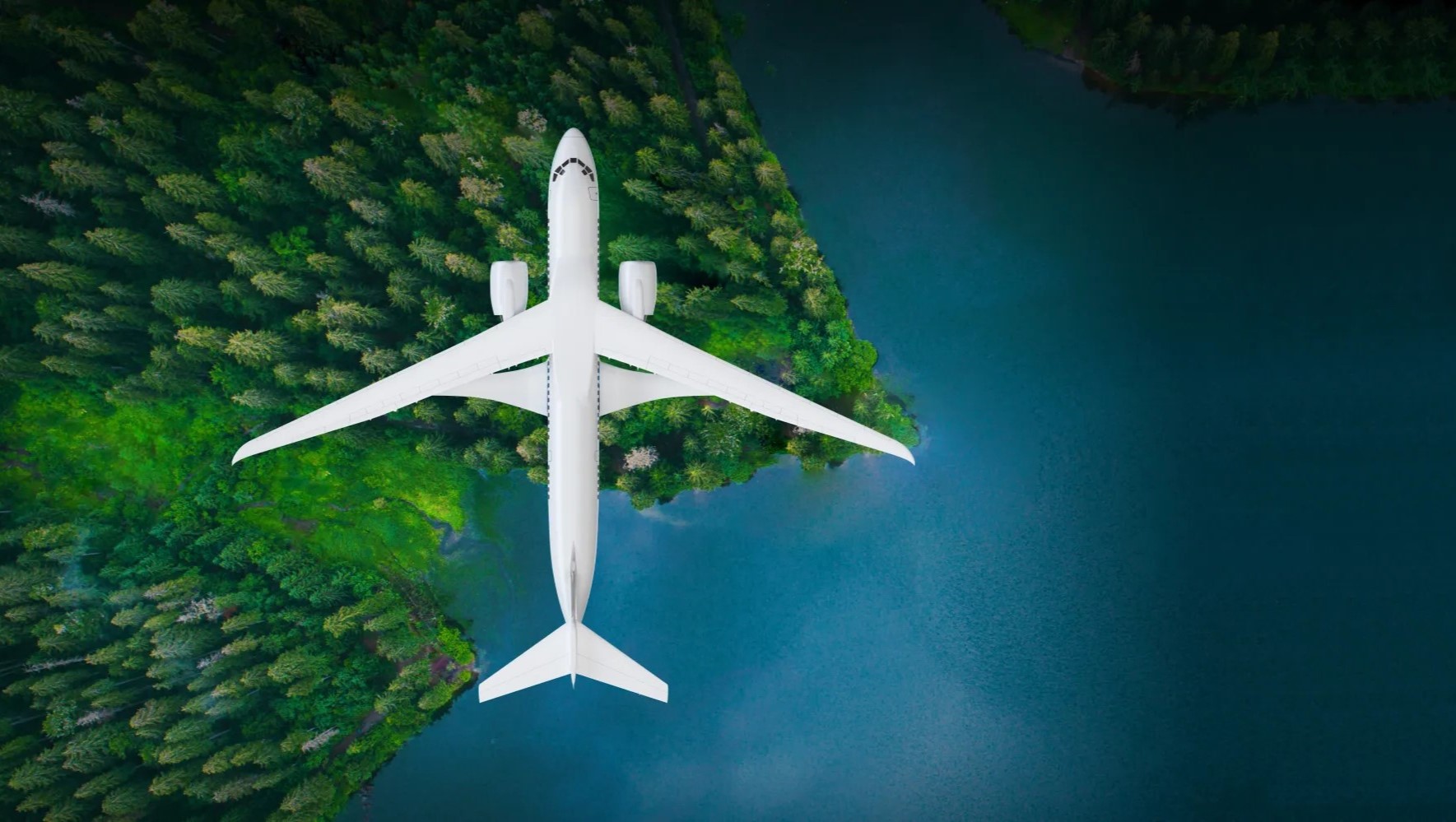
Green aviation is a hot topic these days, but what does it really mean? Green aviation refers to efforts aimed at reducing the environmental impact of air travel. This includes using sustainable fuels, improving aircraft efficiency, and adopting eco-friendly practices at airports. Why should you care? Because air travel contributes significantly to carbon emissions. By making aviation greener, we can help combat climate change. Imagine boarding a plane that runs on biofuel or seeing airports powered by solar energy. Sounds futuristic, right? But these innovations are already taking flight. Ready to learn more? Buckle up as we explore 15 fascinating facts about green aviation!
Key Takeaways:
- Green aviation focuses on eco-friendly air travel through biofuels, electric planes, and innovative aircraft designs. It also includes sustainable airport practices and policies to reduce environmental impact.
- The future of green aviation looks bright with hydrogen fuel, hybrid aircraft, and advanced air traffic management. These developments aim to make air travel even more sustainable and eco-friendly.
What is Green Aviation?
Green aviation focuses on reducing the environmental impact of air travel. It involves using sustainable practices, technologies, and materials to make flying more eco-friendly. Here are some fascinating facts about green aviation:
-
Biofuels: Airlines are increasingly using biofuels made from plants and waste materials. These fuels can reduce carbon emissions by up to 80% compared to traditional jet fuel.
-
Electric Planes: Companies are developing electric aircraft that produce zero emissions during flight. These planes are ideal for short-haul routes and could revolutionize regional air travel.
-
Lightweight Materials: Using lighter materials like carbon fiber in aircraft construction helps reduce fuel consumption. Lighter planes require less energy to fly, leading to lower emissions.
Innovations in Aircraft Design
Aircraft design plays a crucial role in making aviation greener. Engineers are constantly coming up with innovative designs to improve fuel efficiency and reduce emissions.
-
Blended Wing Body: This design integrates the wings and fuselage into a single structure, reducing drag and improving fuel efficiency. It could lead to significant reductions in emissions.
-
Winglets: Adding winglets to the tips of airplane wings helps reduce drag. This simple modification can improve fuel efficiency by up to 5%.
-
Laminar Flow: Engineers are working on designs that maintain smooth airflow over the aircraft's surface. This reduces drag and improves fuel efficiency.
Sustainable Airport Practices
Airports are also adopting green practices to reduce their environmental impact. From energy-efficient buildings to sustainable ground operations, airports are becoming more eco-friendly.
-
Solar Power: Many airports are installing solar panels to generate clean energy. This helps reduce their reliance on fossil fuels and lowers their carbon footprint.
-
Green Taxiing: Some airports are using electric tugs to tow planes to and from the runway. This reduces the need for planes to use their engines while on the ground, cutting emissions.
-
Recycling Programs: Airports are implementing extensive recycling programs to manage waste more sustainably. This includes recycling materials from construction projects and daily operations.
Policies and Regulations
Governments and international organizations are implementing policies and regulations to promote green aviation. These measures aim to reduce the industry's environmental impact and encourage sustainable practices.
-
Carbon Offsetting: Airlines can purchase carbon offsets to compensate for their emissions. This involves investing in projects that reduce or capture carbon, such as reforestation or renewable energy.
-
Emissions Trading: Some regions have emissions trading systems that cap the total amount of greenhouse gases that can be emitted. Airlines must buy permits to cover their emissions, incentivizing them to reduce their carbon footprint.
-
Noise Reduction: Regulations are in place to limit noise pollution from aircraft. This includes designing quieter engines and implementing noise abatement procedures during takeoff and landing.
Future of Green Aviation
The future of green aviation looks promising, with ongoing research and development aimed at making air travel even more sustainable. Here are some exciting developments on the horizon.
-
Hydrogen Fuel: Researchers are exploring the use of hydrogen as a clean fuel for aircraft. Hydrogen-powered planes could produce zero emissions, making them a game-changer for the industry.
-
Hybrid Aircraft: Hybrid aircraft combine traditional jet engines with electric motors. This can significantly reduce fuel consumption and emissions, especially during takeoff and landing.
-
Advanced Air Traffic Management: Improving air traffic management systems can help reduce fuel consumption and emissions. More efficient routing and scheduling can minimize delays and optimize flight paths.
The Future of Green Aviation
Green aviation is more than just a trend. It's a necessary shift for a sustainable future. With advancements in biofuels, electric planes, and hybrid engines, the aviation industry is taking significant steps to reduce its carbon footprint. These innovations not only help the environment but also promise more efficient and cost-effective air travel.
Airlines and manufacturers are investing heavily in research and development to make flying greener. Governments worldwide are also implementing policies to support these efforts. As technology continues to evolve, we can expect even more exciting developments in green aviation.
By embracing these changes, the aviation industry can play a crucial role in combating climate change. So next time you book a flight, consider choosing airlines that prioritize sustainability. Every small step counts towards a greener planet.
Frequently Asked Questions
Was this page helpful?
Our commitment to delivering trustworthy and engaging content is at the heart of what we do. Each fact on our site is contributed by real users like you, bringing a wealth of diverse insights and information. To ensure the highest standards of accuracy and reliability, our dedicated editors meticulously review each submission. This process guarantees that the facts we share are not only fascinating but also credible. Trust in our commitment to quality and authenticity as you explore and learn with us.


